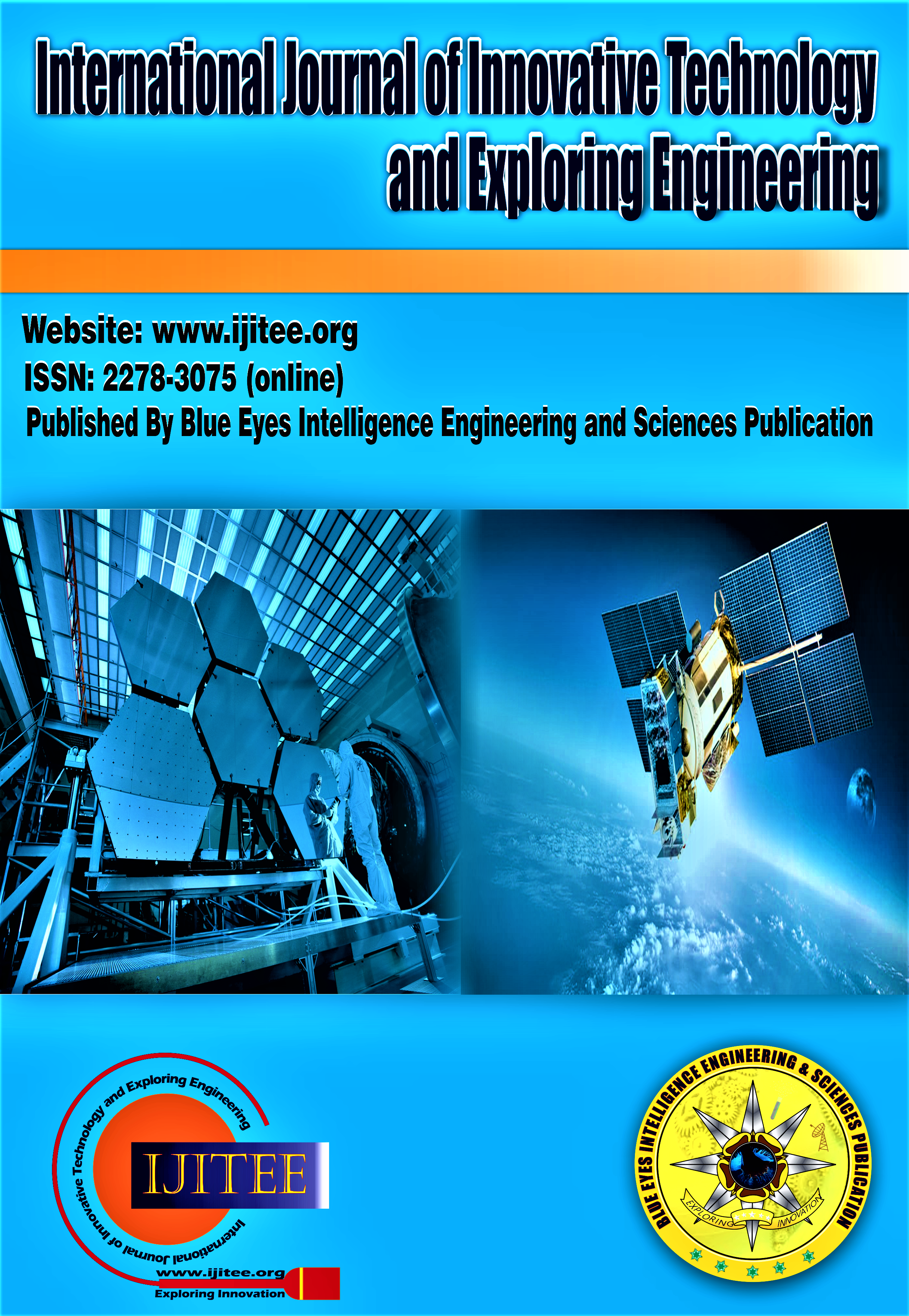Brain Tumor Detection System using Deep Learning
Main Article Content
Abstract
This project's objectives include locating brain tumours and enhancing patient care. Tumours are abnormal cell growths, and malignant tumours are abnormal cell growths. The two types of scans, CT and MRI frequently detect infected brain tissues. Numerous more techniques are employed for the diagnosis of brain tumours, some of which include molecular testing, and positive charges imaging of blood or lymph arteries. In order to identify disease causes like tumors, this article will use various MRI pictures. This study paper's major goals are to 1) recognize irregular sample photos and 2) locate the tumor region. In order to administer the appropriate therapy, the aberrant portions of the photographs will anticipate the levels of tumours. From example photos, deep learning is utilized to identify anomalous areas. The aberrant section will be segmented in this study using VGG-16. The number of pixels that are malignant determines the extent of the contaminated area.
Downloads
Article Details
Section

This work is licensed under a Creative Commons Attribution-NonCommercial-NoDerivatives 4.0 International License.
How to Cite
References
David N. Louis, Arie Perry, et al., “The 2016 World Health Organization Classification of Tumors of the Central Nervous System: a summary”,
Acta Neuropathology, Springermay 2016.
PärSalander, A Tommy Bergenheim, Katarina Hamberg, Roger Henriksson, Pathways from symptoms to medical care: a descriptive study of symptom development and obstacles to early diagnosis in brain tumor patients, Family Practice, Volume 16, Issue 2, April 1999, Pages143–148.
McKinney PA ”Brain tumors: incidence, survival, and aetiology”,Journal of Neurology, Neurosurgery & Psychiatry 2004;75:ii12-ii17.
Heimans, J., Taphoorn, M. Impact of brain tumor.
Malavika Suresh, etal. “Real-Time Hand Gesture Recognition Using Deep Learning ”,International Journal of Innovations and Implementations in Engineering(ISSN 2454- 3489), 2019, vol 1.
M.Gurbină, M.Lascuand D.Lascu, “Tumor Detection and Classification of MRI Brain Image using Different Wavelet Transformsand Support Vector Machines”, 42nd International Conference on Telecommunications and Signal Processing (TSP), Budapest, Hungary,2019.
Somasundaram Sand GobinathR, “Early Brain Tumor Prediction using an Enhancement Feature Extraction Technique and Deep Neural Networks”, International Journal of Innovative Technology and Exploring Engineering (IJITEE), ISSN: 2278- 3075, Volume-8, Issue- 10S, August 2019.
Damodharan Sand RaghavanD, “Combining Tissue Segmentation and Neural Network for Brain Tumor Detection”, The International Arab Journal of Information Technology, Vol. 12, No.1, January2015.
G. Hemanth, M. Janardhan and L. Sujihelen, “Design and Implementing Brain Tumor Detection Using Machine Learning Approach”, 3rd International Conference on Trends in Electronics and Informatics (ICOEI), Tirunelveli, India,2019.
A. R. Mathew and P. B. Anto, “Tumor detection and classification of MRI brain image using wave let transform and SVM”, International Conferenceon Signal Processing and Communication (ICSPC), Coimbatore, 2017.
W.Chen, X.Qiao, B.Liu, X.Qi, R.WangandX. Wang, “Automatic brain tumor segmentation based on features of Separated local square”, Chinese Automation Congress (CAC), Jinan, 2017.
Navoneel Chakrabarty, “Brain MRI Images for Brain Tumor Detection Dataset” , Kaggle , April 2019.
S. Poornachandra and C. Naveena, "Pre-processing of MR Images for Efficient Quantitative Image Analysis Using Deep Learning Techniques, "2017 International Conference on Recent Advances in Electronics and Communication Technology (ICRAECT), Bangalore, 2017, pp. 191-195, doi: 10.1109/ICRAECT.2017.43.
Mohammed Thanveersha N., et al. “Automatic Brain Hemorrhage Detection Using Artificial Neural Network”, International Journal of Innovations and Implementations in Engineering (ISSN 2454- 3489), 2019, vol 1.
Soumya RS, et al. “Advanced Earlier Melanoma Detection Algorithm Using Colour Correlogram”, 2016International Conference on Communication Systems and Networks (ComNet) | 21-23 July 2016 | Trivandrum.
J. A. Akhila, C, Markose , et al. "Feature extraction and classification of Dementia with neural network," 2017 International Conference on Intelligent Computing, Instrumentation and Control Technologies (ICICICT), Kerala, India,2017,pp.1446-1450.
Avigyan Sinha, Aneesh R.P., “Real Time Facial Emotion Recognition using Deep Learning”, International Journal of Innovations and Implementations in Engineering (ISSN 2454- 3489), 2019, vol 1.
H. B. Nandpuru, S. S. Salankar, and V. R. Bora, ‘‘MRI brain cancer classification using support vector machine,’’ in Proc. IEEE Students’ Conf. Electr., Electron. Comput.Sci., Mar. 2014, pp. 1–6.
Manoj, T. H., Gunasekaran, M., & Jaisingh, W. (2019). A BrainNet Classification Technique Based on Deep Convolutional Neural Network for Detection of Brain Tumor in FLAIR MRI Images. In International Journal of Engineering and Advanced Technology (Vol. 9, Issue 1, pp. 3264–3269). https://doi.org/10.35940/ijeat.a1424.109119
Gugale, R., Sonar, P., Mandekar, A., Ubale, S., & Latke, V. (2020). Brain Tumor Detection using Deep Learning. In International Journal of Recent Technology and Engineering (IJRTE) (Vol. 9, Issue 3, pp. 714–717). Blue Eyes Intelligence Engineering and Sciences Engineering and Sciences Publication - BEIESP. https://doi.org/10.35940/ijrte.c4644.099320
Bondalapati, A., Bindu V, H., S, N., & M, Y. (2020). Deep Learning based Brain Tumor Detection. In International Journal of Innovative Technology and Exploring Engineering (Vol. 9, Issue 7, pp. 874–877). Blue Eyes Intelligence Engineering and Sciences Engineering and Sciences Publication - BEIESP. https://doi.org/10.35940/ijitee.g5454.059720
P A, J., & N, A. (2022). Faceium–Face Tracking. In Indian Journal of Data Communication and Networking (Vol. 2, Issue 5, pp. 1–4). Lattice Science Publication (LSP). https://doi.org/10.54105/ijdcn.b3923.082522
Kumari, J., Patidar, K., Saxena, Mr. G., & Kushwaha, Mr. R. (2021). A Hybrid Enhanced Real-Time Face Recognition Model using Machine Learning Method with Dimension Reduction. In Indian Journal of Artificial Intelligence and Neural Networking (Vol. 1, Issue 3, pp. 12–16). Lattice Science Publication (LSP). https://doi.org/10.54105/ijainn.b1027.061321





